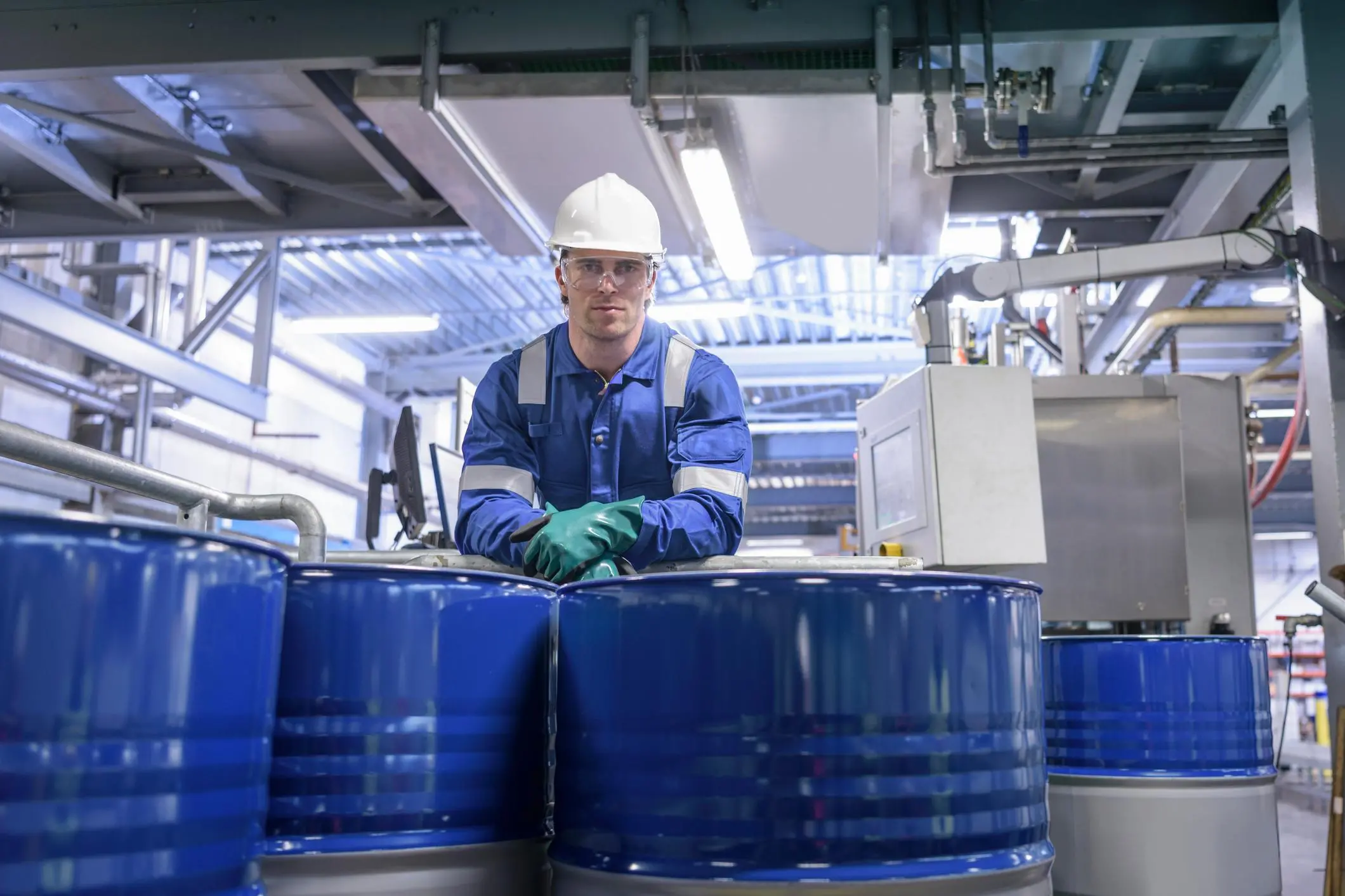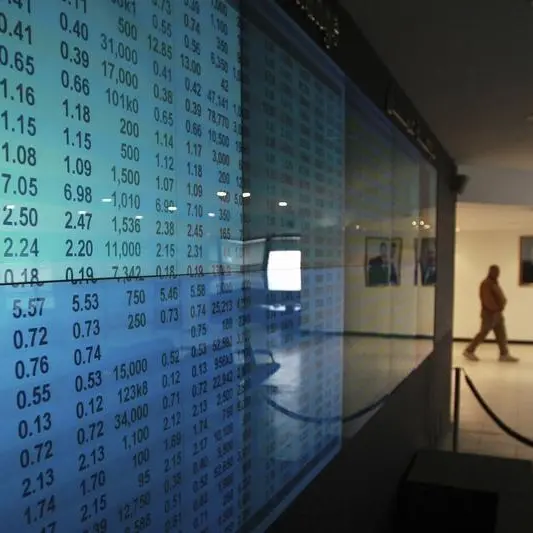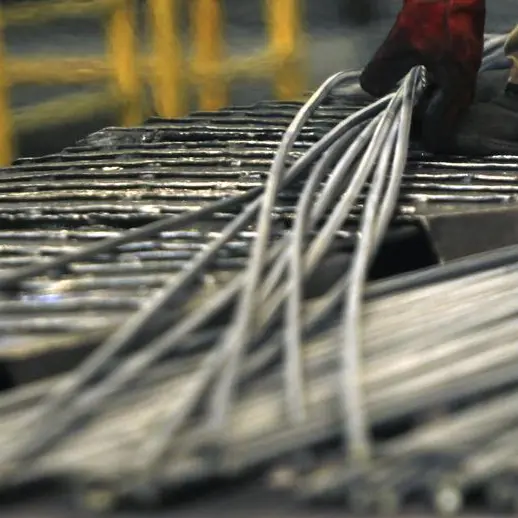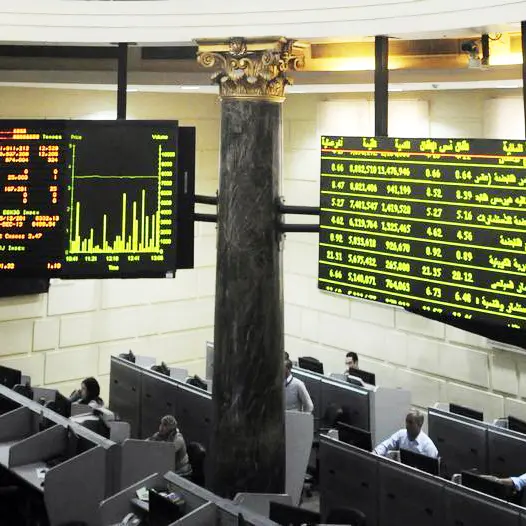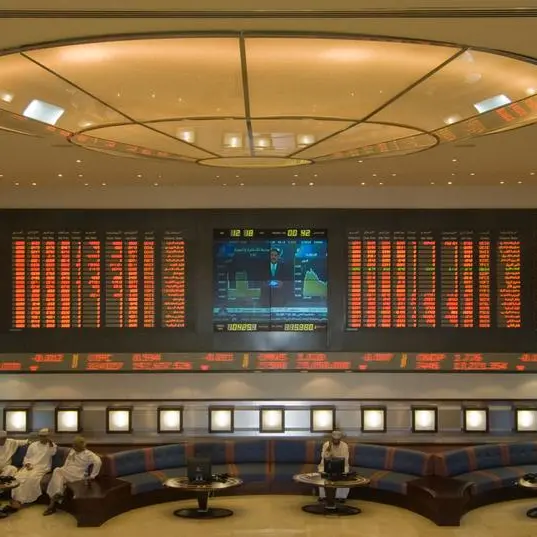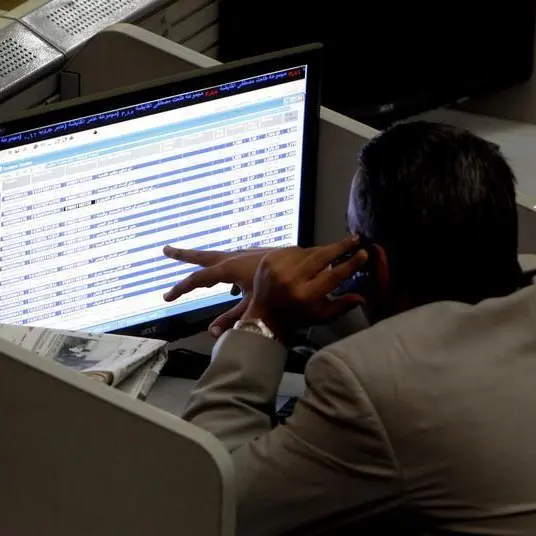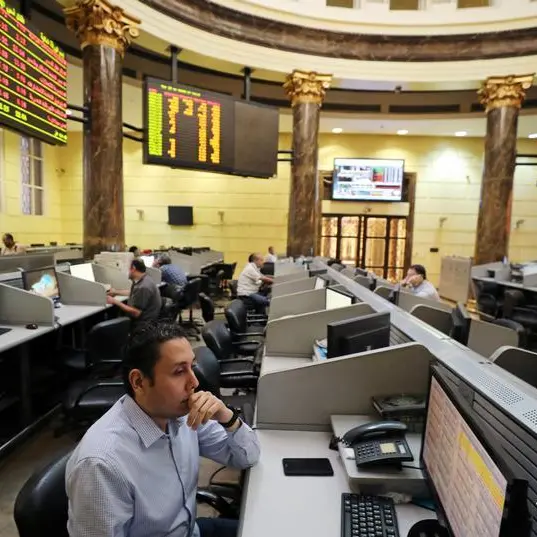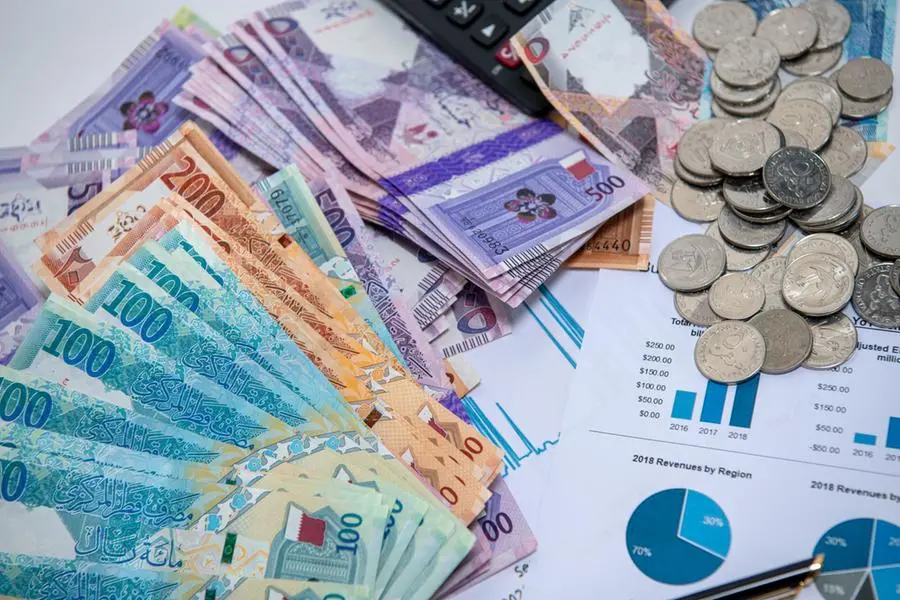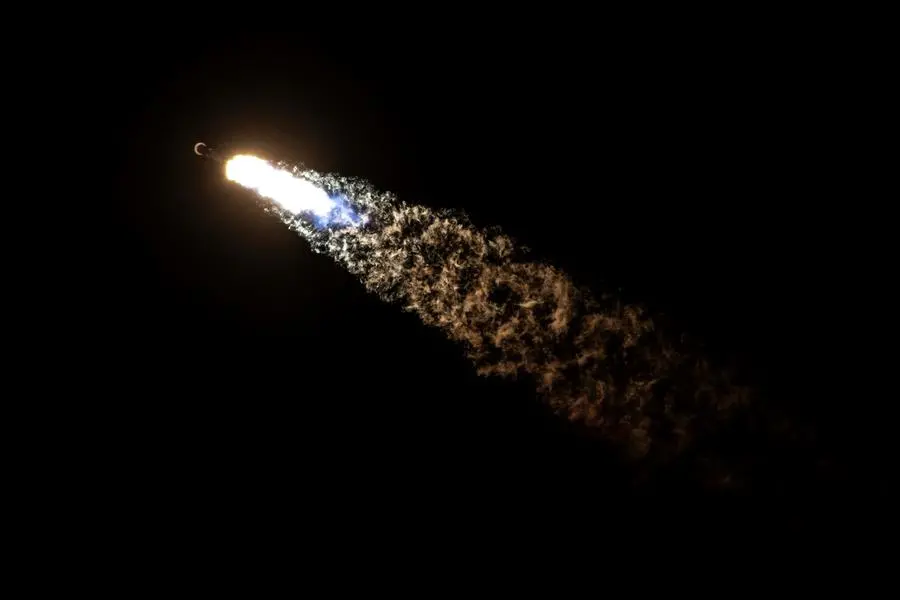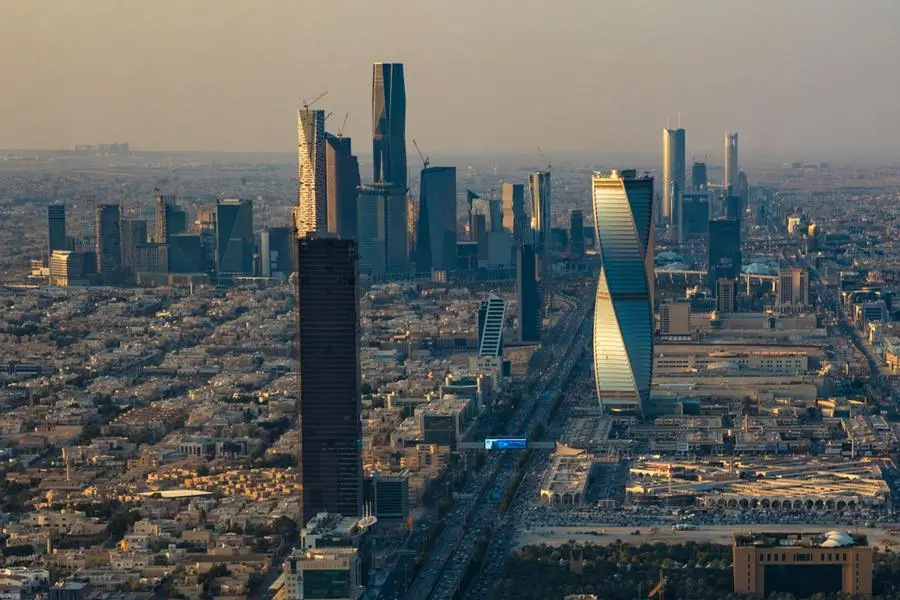PHOTO
Image used for illustrative purpose. Portrait of worker with process machinery in oil blending factory
The market for trading in agricultural commodities remains fairly flat, with demand continuing to remain marginally below supply, and new technologies such as blockchain providing greater transparency, limiting traders' capability for arbitrage, according to a panel of experts at the recent RichComm Global Commodities Outlook conference in Dubai.
Jonathan Grange, a grains broker at Sunstone Brokers, who moderated the panel, described conditions in the agricultural commodities market as "rather dull".
"Global balances are relatively comfortable, global supply is slightly in excess of demand," Grange told the conference which took place in Dubai earlier this month.
"Agriculture in general is doing a phenomenal job of producing goods, but unfortunately demand is relatively slow," he said.
Demand is typically a function of population growth and generally increases at a steady pace - wheat demand generally increases by around 1.5-2 percent per year, and corn demand (which is also used in animal feed) grows at around 2.5-3 percent, Grange said. Over the past 20 years, however, corn demand has rocketed due to a huge increase in meat consumption in East Asia.
"Chinese demand per capita for meat has gone from 30 years ago of five kilos a head, per year, to today 55 kilos per head, per year," Grange explained.
Another demand driver over the past 20 years has been the introduction of biofuels, with ethanol taking up to 40 percent of the corn crop in the United States and 50 percent of the rapeseed grown in Europe, he added.
However, demand growth from Asia is now tailing off, and changing eating habits in the developed world could lead to "a shift out of meat protein into vegetable protein" over the next 20 years, Grange said.
Hakan Bahceci, CEO of Dubai-based Hakan Agro, which is a specialist in supply chain management of pulses, said "the potential is there" to grow the market for pulses, but added that more investment was required in research to help improve yields. He also said that unlike wheat or corn, where huge volumes are traded globally, pulses are still largely consumed in local markets.
Pulses stay put
"There's about 75-76 million tonnes of pulse production globally, but the trade is only around 9-10 million tonnes. The rest is locally-consumed," Bahceci said.
By contrast, James Wild, CEO of Dubai-based Wild Agri, said around 150 million tonnes of wheat is traded across borders annually, and more than 200 tonnes of corn.
Prices of wheat futures on the Chicago board of trade have been virtually flat over a rolling 12-month period, standing at 460.25 per 5,000 bushels at 1.30 CST on February 26, according to Eikon data. Corn prices on the same exchange have also been flat at 366.75.
This is due to a slowing of both main engines of growth.
"As far as China is concerned, the country's appetite for protein - eating meat - is decelerating. Even if this has been a big drive for the food prices we have seen in the past 10 years it won't be the same factor going forward," said Remi Burdairon, an agribusiness partner at Mauritius-based Barak Fund Management.
He added that biofuels was "a monster, which was created by administration because it was not price-sensitive".
When asked whether using crops for biofuels made sense moving forwards, Wild said "it hasn't made much sense going backwards".
"It's political, it's protectionist," he said.
Without biofuels, he said that prices of many agricultural commodities would probably have been lower, but "equally, we'd have probably lost a lot of production at the same time, because it just wouldn't have been sensible to produce. To me, the economics of biofuels are rarely there anyway."
Panel members agreed that technology would play an important role in the industry's future, but for different reasons. In terms of production, agritech "is a big, big factor nowadays", Burdairon said.
"Today joint ventures and start-ups invest five times what they used to invest five years ago."
Growing meat
He said the evolution of products such as cellular meat "will change the face of agriculture", but added that in many parts of the world there were still more basic productivity gains that could be made.
“We're not today producing enough food - especially in Africa,” he said, highlighting the fact that yields in Africa stand at around one tonne per hectare, compared with four tonnes in the rest of the world.
“The reason being not enough fertiliser - we physically use 20 percent of the average fertiliser that's used in the rest of the world,” he said.
Technology such as blockchain offers the ability to standardise and digitise cross-border trading, making the process more efficient. It also increases transparency, which is not necessarily a benefit for traders looking to make profits on buying and selling goods.
“Traditional traders are in a bad spot,” Burdairon said, adding that they faced two options to reinvent their business models.
“One is try to specialise themselves into this new food environment in developed countries, adapting to new technologies and trying to reposition themselves in this chain,” he said.
“The other one is to go back to basics - go to frontier markets, niche markets, where there is less transparency, more margin and more back-to-back money,” he said.
Grange said that in future, there was a likelihood that producer platforms and consumer platforms could be created, “with no traders in the middle”.
“It is becoming an industrial process. At the moment, in very, very limited numbers, but that's the direction of the industry.”
(Reporting by Michael Fahy, Editing by Mily Chakrabarty)
Our Standards: The Thomson Reuters Trust Principles
Disclaimer: This article is provided for informational purposes only. The content does not provide tax, legal or investment advice or opinion regarding the suitability, value or profitability of any particular security, portfolio or investment strategy. Read our full disclaimer policy here.
© ZAWYA 2019